All Features
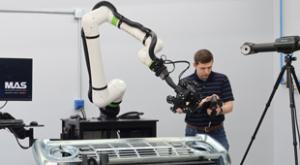
Manufacturing Automation Systems LLC
In today’s global manufacturing markets, the need for accurate measurement has moved well beyond micrometers, gauges, and calipers. That’s why manufacturers are replacing manual metrology tools with fully automated systems. But what is automated metrology?
Automated metrology, sometimes called 3D…
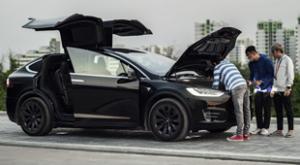
Rip Stauffer
A couple of years ago, my wife decided to surprise me by taking me over to our local Tesla dealership so I could test drive a Tesla. We put a deposit down to hold our place in line, and two months later took delivery of a Model Y Performance. I loved everything about it, took everyone who asked…

Matt Fieldman, Blair Milo
I’m ashamed to say that I’ve only been to Indiana once—for a fun weekend in Indianapolis. I will say that its Children’s Museum is truly world-class, and it was great going duckpin bowling for the first time.
Though I haven’t taken full advantage of Indiana as a tourist destination (yet!), as a…
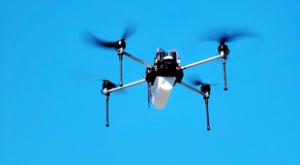
Oak Ridge National Laboratory
The Autonomous Systems group at the U.S. Department of Energy’s Oak Ridge National Laboratory is in high demand as it incorporates remote sensing into projects needing a bird’s-eye perspective. When it comes to collecting data for environmental and national security research, the team sends its…

Scott A. Snyder
Recently, ESG has become a main topic of shareholders, boards, and C-suites. Billions in capital have been deployed through Impact or ESG-rated funds. Ninety percent of S&P 500 companies now have ESG strategies, and ESG mentions grew more than 300 percent in investor briefings. Major indices…
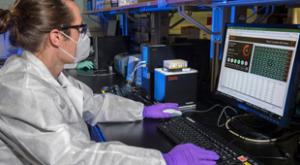
Etienne Nichols
I have a bold opinion: The corrective and preventive action (CAPA) process is the second-most important component of your quality management system (QMS). (If you want to know what I think is No. 1, shoot me an email.) As you build medical devices, a well-defined CAPA program provides a framework…
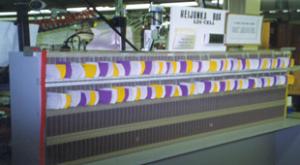
Bruce Hamilton
There’s a certain irony in the recent attention paid to the application of robots on the shop floor. On a couple occasions in the past year, I’ve heard manufacturing colleagues talk about the benefits of deploying robots to handle material conveyance. “Better,” they say, “to redeploy humans to…
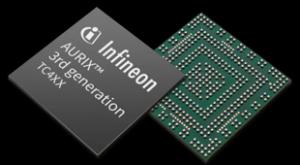
Shawn Wasserman
MathWorks, creators of MATLAB and Simulink, and the embedded software safety and security company Green Hills Software have announced new features in Simulink that help engineers produce safety-related applications for Infineon’s AURIX TC4x family of automotive microcontrollers. Specifically,…

Paul Laughlin
Continuing our thinking about ways for data leaders to save money during a recession, this article drills into saving on your data usage. Following my last post reminiscing on the lessons I learned during past recessions, the early environmentalist slogan “reduce, reuse, recycle” has stayed in my…

Jennifer Lauren Lee
There’s a mystery happening in some satellites facing the sun, and scientists from the National Institute of Standards and Technology (NIST) and the Laboratory for Atmospheric and Space Physics (LASP) are on the case. The team has been trying to figure out what is clouding up and compromising the…

Fred Miller
Researchers in Arkansas and two other states will be using a $5 million grant to increase use of artificial intelligence and robotics in chicken processing to reduce waste in deboning and detect pathogens.
The grant from the U.S. Department of Agriculture’s (USDA) National Institute of Food and…

Zach Winn
There’s a lot riding on farmers’ ability to fight weeds, which can strangle crops and destroy yields. To protect crops, farmers have two options: They can spray herbicides that pollute the environment and harm human health, or they can hire more workers.
Unfortunately, both choices are becoming…

Daniel Croft
As the aviation industry continues to evolve, the need for advanced technology to perform aircraft inspections is important. One such technology is noncontact scanning, which is becoming increasingly popular for full aircraft inspections.
Given the extreme forces to which aircraft are subjected…

National Physical Laboratory
Graphene and related 2D materials (GR2Ms) could help reduce greenhouse gas emissions from the production of advanced materials. Using GR2M nanoplatelets in applications such as reinforcing concrete or improving battery performance will require a dramatic increase in production. As the production of…
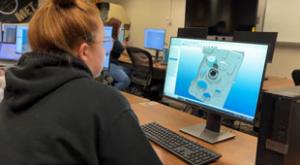
Ashley Hixson
The skills gap in science and technology is an issue affecting the industry on a global scale. Now, a new partnership between Purdue University and Hexagon’s Manufacturing Intelligence division is making a difference.
If you’ve ever looked at a timeline of significant scientific discoveries, you’…
(AMT: McLean, VA) -- The Association for Manufacturing Technology, in partnership with the National Tooling & Machining Association (NTMA), announces that registration has opened for the Manufacturing for Growth (MFG) 2023 Meeting. A trademark annual conference, MFG 2023 will be held April 26–…

Krysten Crawford
Why aren’t there more women working in tech? For all the hiring pledges, networking initiatives, and one-on-one mentoring programs, women hold 30 percent of tech jobs worldwide—even though they make up half the global population.
The implications of having a more representative workforce are…

Rupa Mahanti
Data decay, or the aging of data, is data degradation over time—which results in bad data quality (Mahanti 2019).
There are some data, such as date of birth and place of birth, which are evergreen and not subject to decay; that is, if you have captured the data values correctly in the first place…
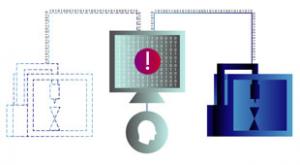
NIST
Detailed virtual copies of physical objects, called digital twins, are opening doors for better products across automotive, healthcare, aerospace, and other industries. According to a new study, cybersecurity may also fit neatly into the digital twin portfolio.
As more robots and other…
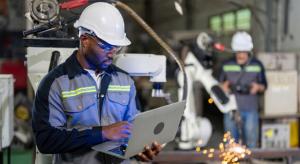
Katie Rapp
A major focus of the current administration is revitalizing American manufacturing as new technologies are changing the way things are made. Manufacturing Extension Partnership (MEP) director Pravina Raghavan recently appeared on Government Matters TV, where she discussed how MEP National Network…
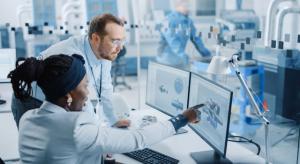
Ray Hein
The manufacturing industry is at a make-or-break point. An underqualified workforce coupled with a disruptive pandemic has made it difficult for companies to attract top talent. Manufacturers are having trouble filling open roles with employees who possess necessary skills to carry out the desired…
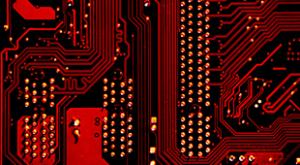
Adam Zewe
Imagine using an online banking app to deposit money into your account. Like all information sent over the internet, those communications could be corrupted by noise that inserts errors into the data.
To overcome this problem, senders encode data before they are transmitted, and then a receiver…

Aaron Krol
As plastic pollution continues to mount, with growing risks to ecosystems and wildlife, manufacturers are beginning to make ambitious commitments to keep new plastics out of the environment. A growing number have signed onto the U.S. Plastics Pact, which pledges to make all plastic packaging…
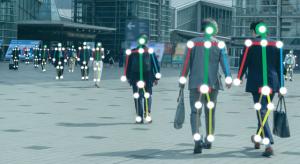
Dirk Dusharme @ Quality Digest
One of the biggest problems when reading about any kind of innovation in the press is the prevalent assumption that everyone understands the topic and how it works. Whether it’s cloud computing, edge computing, cold fusion, controlled fusion, or recently, artificial intelligence (AI), experts and…

Jennifer Lauren Lee
In a brightly lit subterranean lab at the National Institute of Standards and Technology (NIST) sits a room-sized electromechanical machine called the NIST-4 Kibble balance.
The instrument can already measure the mass of objects of roughly 1 kilogram, about as heavy as a quart of milk, as…